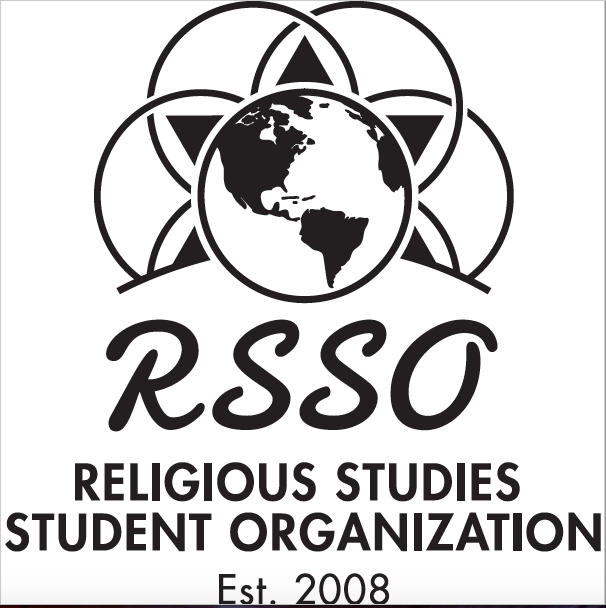Moderator
Dr. Norman Sullivan
Location
University of Wisconsin-Milwaukee
Start Date
12-4-2014 9:45 AM
End Date
12-4-2014 10:45 AM
Abstract
This paper examines the element of fire through a cognitive archaeological lens, in relation to multi-tiered cosmologies found in religious and ritual milieus. Furthermore, this paper maintains that a “holistic” archaeological approach is tantamount to an understanding of human spiritual experience in the ancient world. Such an approach allows us to share in some of the emotional experiences of our ancient ancestors because both “past and present people are both human and similar” (Vianello 2013); the ancient and modern mind operates in the same conscious ways. This may help to explain the many commonalities found throughout space and time within the archaeological record. Analyzing the ritual use of fire offers us one pathway into this methodology.
The controlled use of fire enabled the evolution of the human brain, thus allowing for consciousness itself to evolve. In turn, consciousness enables humans to create and negotiate a mental and physical landscape imbued with symbolic meaning. The creation and usage of tools, artistic expression, language, and religion are the elemental symbolic frameworks that shape human culture and experience, and in turn these frameworks are constantly renegotiated structurally. The study of these frameworks in combination is therefore the study of the human mind and the nature of human consciousness.
As mentioned above, taking this approach requires a holistic methodology. Past approaches see-saw between materiality and social theory; these methodologies too often focus on the differences between, and within cultural groups. Cognitive archaeology focuses on commonalities, and therefore presupposes a common mindful origin for human spiritual experience. When searching for cultural differences, functional and structural models tend to miss what ancient people believed and how they perceived the world in which they lived. Functionalism and structuralism are a welcome portion of the analysis, but shall remain on equal footing with art, architecture, and mythology in relation to spiritual and cosmological beliefs.
This paper will discuss the cross-cultural manifestations of elemental fire in religious ritual and practice. In it, I will outline how fire is recognized not only as a transformative force, but also as an element that “magically” transubstantiates material. Finally, I will discuss how fire is seen by ancient people as a transcendent force imbued with notions of spiritual cleansing and purification, liminality, and communication with the divine.
Catching Fire: Religion, Ritual, and the Mind
University of Wisconsin-Milwaukee
This paper examines the element of fire through a cognitive archaeological lens, in relation to multi-tiered cosmologies found in religious and ritual milieus. Furthermore, this paper maintains that a “holistic” archaeological approach is tantamount to an understanding of human spiritual experience in the ancient world. Such an approach allows us to share in some of the emotional experiences of our ancient ancestors because both “past and present people are both human and similar” (Vianello 2013); the ancient and modern mind operates in the same conscious ways. This may help to explain the many commonalities found throughout space and time within the archaeological record. Analyzing the ritual use of fire offers us one pathway into this methodology.
The controlled use of fire enabled the evolution of the human brain, thus allowing for consciousness itself to evolve. In turn, consciousness enables humans to create and negotiate a mental and physical landscape imbued with symbolic meaning. The creation and usage of tools, artistic expression, language, and religion are the elemental symbolic frameworks that shape human culture and experience, and in turn these frameworks are constantly renegotiated structurally. The study of these frameworks in combination is therefore the study of the human mind and the nature of human consciousness.
As mentioned above, taking this approach requires a holistic methodology. Past approaches see-saw between materiality and social theory; these methodologies too often focus on the differences between, and within cultural groups. Cognitive archaeology focuses on commonalities, and therefore presupposes a common mindful origin for human spiritual experience. When searching for cultural differences, functional and structural models tend to miss what ancient people believed and how they perceived the world in which they lived. Functionalism and structuralism are a welcome portion of the analysis, but shall remain on equal footing with art, architecture, and mythology in relation to spiritual and cosmological beliefs.
This paper will discuss the cross-cultural manifestations of elemental fire in religious ritual and practice. In it, I will outline how fire is recognized not only as a transformative force, but also as an element that “magically” transubstantiates material. Finally, I will discuss how fire is seen by ancient people as a transcendent force imbued with notions of spiritual cleansing and purification, liminality, and communication with the divine.

